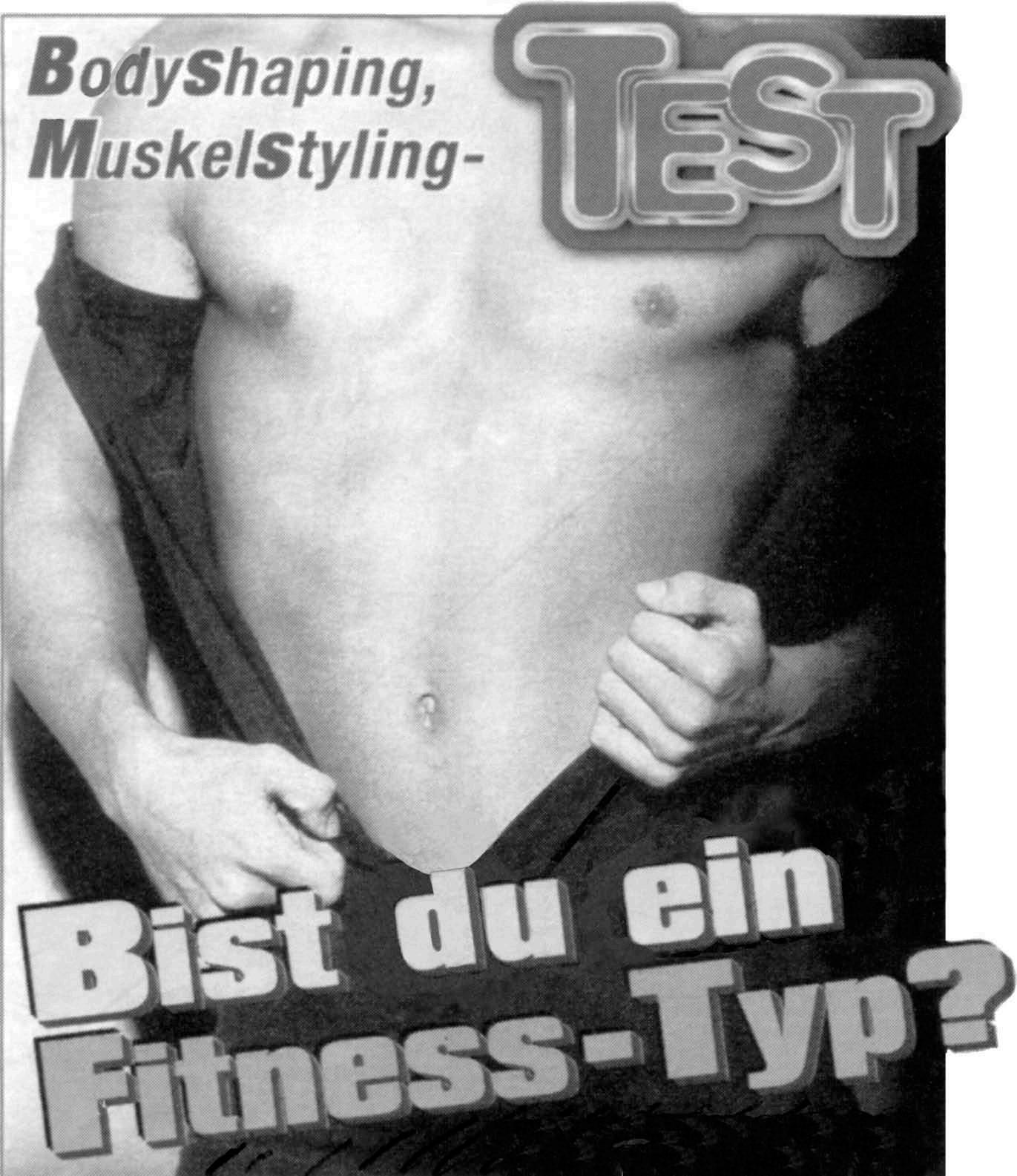4.2 Adjective declension: some special cases
47
Weak declension The weak declension is typically used after the definite article and all determiners which decline like dieser. There are only two endings, -e (used in the nominative singular and the accusative singular feminine and neuter) and -en (used everywhere else):
masculine nom. acc. gen. dat.
der gute den guten des guten dem guten
Wein Wein Weines Wein
feminine
neuter
plural
die gute Suppe die gute Suppe der guten Suppe der guten Suppe
das gute Brot das gute Brot des guten Brotes dem guten Brot
die guten Weine die guten Weine der guten Weine den guten Weinen
Strong declension The strong declension is almost identical to the endings of dieser (see 3.4). It is typically used if there is no determiner, or if the determiner has no ending, like singular viel or wenig (e.g. mit viel kaltem Wasser):
nom. acc. gen. dat.
masculine
feminine
neuter
plural
guter Wein guten Wein guten Weines gutem Wein
gute Suppe gute Suppe guter Suppe guter Suppe
gutes Brot gutes Brot guten Brotes gutem Brot
gute Weine gute Weine guter Weine guten Weinen
Mixed declension There is also a so-called ‘mixed’ declension, which is used after the indefinite article ein, the negative kein and the POSSESSIVES. After these determiners, adjectives have weak endings except in the nominative singular masculine and the nominative/accusative singular neuter. Here they have the strong endings because the determiner has no ending:
nom. acc. gen. dat.
masculine
feminine
neuter
plural
sein guter Wein seinen guten Wein seines guten Weines seinem guten Wein
seine gute Suppe seine gute Suppe seiner guten Suppe seiner guten Suppe
sein gutes Brot sein gutes Brot seines guten Brotes seinem guten Brot
seine guten Weine seine guten Weine seiner guten Weine seinen guten Weinen
4.2 Adjective declension: some special cases There are a few instances where adjective declensions do not follow the patterns outlined in section 4.1.
Adjectives have strong endings after einige, manche, mehrere, viele and wenige used in the plural.










